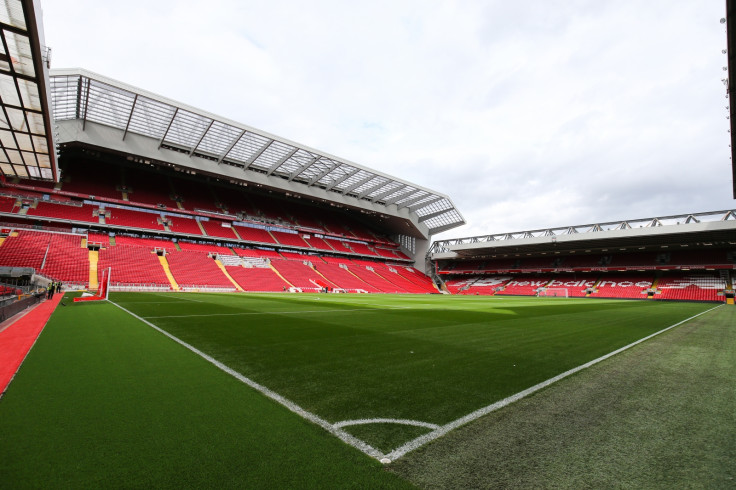Anfield expansion will cost at least £60m says Liverpool chief Ian Ayre
Reds CEO warns costs of bringing Anfield capacity close to 60,000 are unsustainable.

Liverpool chief executive Ian Ayre has thrown any further expansion of Anfield into serious doubt after indicating the plan to invest between £60m (€66.8m) and £70m on a second stage of redevelopment is unsustainable. Phase two of the overhaul of the stadium is expected to see another 6,000 seats added to the Anfield Road end, bringing the ground's capacity close to 60,000 and in line with their Premier League rivals.
The Reds have recently concluded work on the Main Stand, which saw the capacity increased to 8,500 and areas around the stand improved in a project costing £114m, according to The Guardian. The club were forced to ditch plans to offset the costs with an increase in ticket prices after supporters staged mass protests in the wake of revised priced structure.
American owner John W Henry suggested last month that the second stage of the overhaul of Anfield – the home of Liverpool since their formation in 1892 – could be put on ice given the aversion to a hike in ticket prices. Ayre has re-emphasised those concerns and says the development must match the right "economic model" in order to begin.
"A stand behind a goal doesn't have the benefit of hospitality that would go a long way to meeting the redevelopment costs," he told a meeting of the Liverpool Supporters Committee, according to the Liverpool Echo. "If you consider the redevelopment of Anfield Road from a purely General Admission perspective, building, say, 6,000 extra seats to take the capacity up to 60,000 would cost somewhere between £60m and £70m.
"At £12,000 to £13,000 per seat, it would take approximately 15 years to pay back, which is not a smart investment for the business. Therefore the club needs to find a rounded solution that's in the best interests of the football club. [We must take time] to ensure that what it has put in place works, and in tandem continue with plans for Anfield Road. However, as with the Main Stand, the club has to find the right economic model, and only then will it be the right time to move forward."
The Merseysiders have put a freeze on the cost of the majority of tickets until the end of the 2017-18 season. Though there are no plans to reverse this promise Liverpool are face having to raise prices or abandon plans to further improve Anfield.
However, the representative for locally based supporters on the committee – Graham Smith – suggested supporters could be lobbied to financially support the rebuild. "There are people who would think a 15-year return would make sense, and that's the supporters," he said. "The supporters would fund such a development upfront if the club made an appeal for financial support."
Though broadcast revenue is now the biggest stream of income for Premier League sides thanks to the new £5.1bn television deal, match-day takings remain a vital part of any club's balance sheet. Based on the most recent data available from the 2014-15 season, Arsenal's 60,000 Emirates Stadium and Manchester United's Old Trafford, the capacity of which is 76,000, recouped £100m and £91m respectively thanks to having the two biggest club grounds in England.
Liverpool meanwhile earned just £59m during the same period. Though they can be regarded as an equal to the aforementioned pair in terms of global appeal, they remain dwarfed when it comes to match day gains.
© Copyright IBTimes 2025. All rights reserved.





















